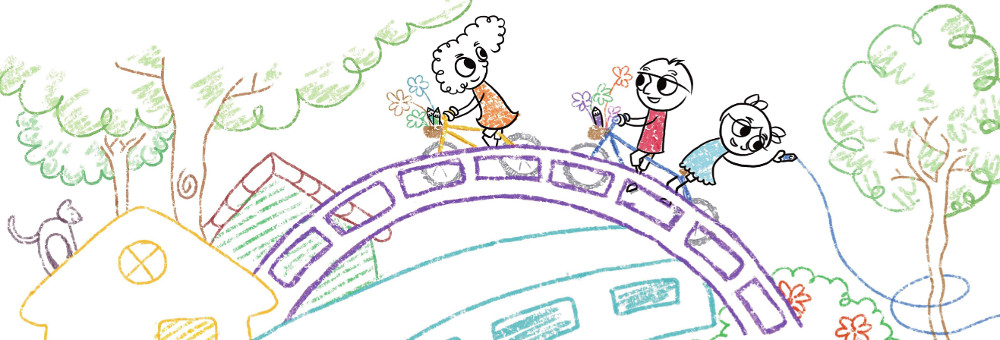Usability assessment with kids is similar eustischildcare.com people to functionality testing with adults. To acquire the most out of the sessions, and be sure the child is normally comfortable and happy, there are a few differences that you need to be aware of.
Stress of recent people and surroundings
Youngsters are far more likely than adults to find experiencing new places and people stressful. You should always remember this, so try to find as many ways as it can be to relax the child. Some things you might do happen to be:
– Allow a substantial period of time – at least 10 minutes – to meet the child. This is essential in adding them comfy before beginning the session. A lot of easy things talk about could be computer games, cartoons, sports or school. Aiming to make every one of the equipment used during the session match what the child uses at home/school (phone up their parents/teachers beforehand to check). — Try to become as soothing and comforting as possible. It’s especially important to produce it clear to the kid that you want their particular views on the web page and that you are not testing all of them. – Arrange for the fact that younger children could prefer the parents to remain in the diagnostic tests room with them. Make certain parents be aware that they should avoid the child’s line-of-sight and not help or distract them.
Asking for help
Youngsters are far more accustomed to asking for — and receiving – help than adults, so it is very important to get the ansager to:
– Plainly explain at the beginning of the test that you might want the child to use the site automatically – Make a maintained effort to deflect any such questioning through the session itself
Specific manners of deflecting questions can include:
— Answering something with a issue (e. g. What do you imagine you should do now? ) – Re-stating that you might want the child to work with the site by themselves – Asking the child to obtain one previous g’ before you move on to something else
Children receive tired, uninterested and disheartened more easily
Children (especially of younger ages) are less inclined — and/or able – to use themselves into a single job for a continuous period. A few ways to do the job around this happen to be:
— Limiting lessons to 1 hour or much less. – Currently taking short breaks during classes if the kid becomes fatigued or atrabiliario. – Making certain sessions cover the planned tasks/scenarios in a different order – this will make sure that similar scenarios usually are not always tested by exhausted children, who are less very likely to succeed/persevere. – Asking the kid for help so as to provide associated with motivation (e. g. asking ‘Could you please understand for me how to… ‘, or perhaps by truly pretending not to be able find/do something on the site). — Keeping up a stable stream of encouragement and positive responses (“You’re carrying out really well and telling all of us lots of useful things — it will really help make the web page better. Keep writing! “).
The importance of non-verbal tips
Children can’t always be relied upon to verbally state their thoughts/feelings, either due to their:
— Not being articulate enough — Being shy – Not wanting to say the incorrect thing and displease a grown-up – Expressing things that they don’t believe just to make sure you the mature
This will make it particularly important that the wonderful expert always be sensitive to children’s non-verbal cues, such as:
— Sighs – Smiles – Frowns – Yawns — Fidgeting — Laughing – Swaying – Body viewpoint and good posture
Physical differences
A couple of extremely obvious — but quickly forgotten — differences which will need to be taken into consideration are:
– Couch and stand settings — Make sure you have got a chair/table setting that enables the child to comfortably take advantage of the equipment through the session. – Microphone ranking – Children tend to have noise-free voices than adults, so microphones ought to be placed a bit nearer to the participant than normal.
Levels of literacy and understanding
It is advisable to ensure that a session’s player has an appropriate understanding of the scenario getting presented to them. A few ways to make this happen include:
– Asking participants to re-phrase scenarios/goals in their very own words. – Asking individuals to do it again a circumstance (i. y. what they are looking to achieve) in case the task has gone on for a long time and you suspect they may own forgotten this.
